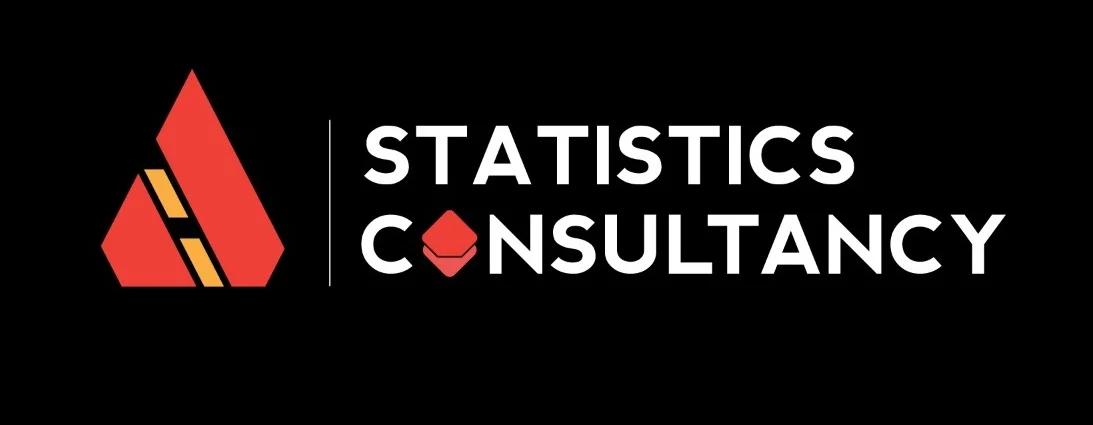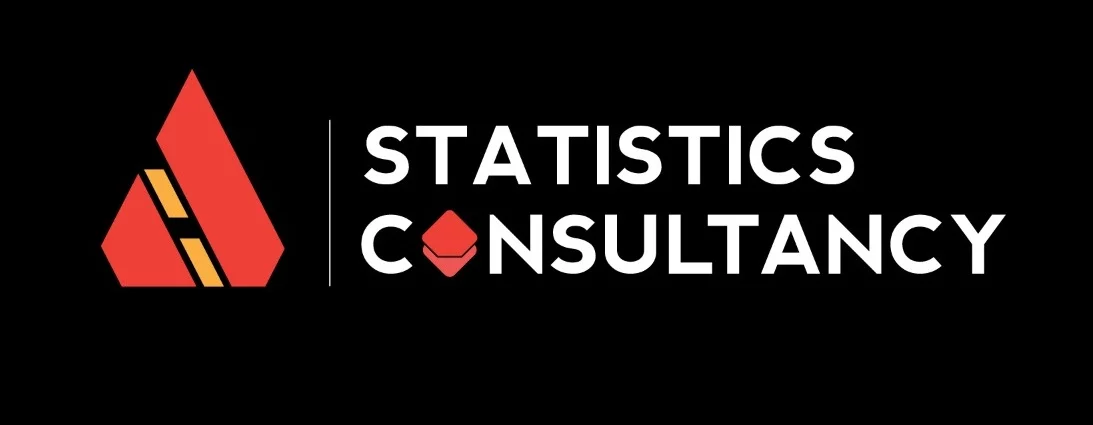
Describe the process of quantitative data analysis and interpretation.
Quantitative data, Through the use of various statistical techniques, statistical data analysis services enable more comprehensive research. This is primarily due to the compatibility of the quantitative data.
Services for statistical analysis summarize data to produce information that is pertinent. Data that is quantitative is numerical. Using quantitative data makes it simple to replicate the research. Therefore, it is possible to make an impact over time and across categories.
Introduction
Quantitative data consists of numerical values that can be used for statistical analysis and mathematical calculations. It is often collected through surveys, polls, or questionnaires and is used to measure various controllable parameters. Quantitative statistical analysis is a method of analyzing this type of data.
Quantitative data analysis
- In providing Quantitative Data Analysis Services, you will deal with numerical data that can take various forms, such as time, height, weight, price, cost, profit, distance, and temperature. This type of data allows us to answer questions about quantities, frequencies, and sizes.
- There are two main categories of quantitative data: discrete data, which consists of a limited number of values, and continuous data, which can take an unlimited number of values and can include decimals and fractions.
Characteristics of Quantitative Data
Types:
There are two types of secondary qualitative data: discrete and continuous. Discrete data has a limited number of values, while continuous data has an infinite number of values. Interval and ratio data are subsets of continuous data. Interval data is quantitative data that is measured on a scale, such as the temperature readings on a thermometer. The scale used to measure interval data has equally spaced intervals but does not have a true zero point, meaning there is no absolute absence of the quantity being measured. Ratio data is similar to interval data, but it does have a true zero point, indicating the complete absence of the quantity being measured.
Numerical Representation:
This category includes information that has numeric qualities and a numerical value. Statistical Analysis of Qualitative Data displays numerical values in contrast to categorical data, which combines descriptive features with numerical values.
Order:
Statistical study of quantitative business research to establish scale or order. If a number starts with 1 and ends with 3, it can be written as 1,2,3, or 3,2,1 depending on whether it is placed in ascending or descending order.
Arithmetic Operation:
In quantitative data, standard arithmetic operations including addition and subtraction are used. This approach is used in almost all statistical analysis techniques.
Standardized Scale:
The data calculation is constrained by the standardized measuring scale used for data measurement. As stated in the data that is ordinal and has a correct order but no defined scale.
Analysis:
Depending on the research’s objective, this data was examined using descriptive and inferential statistical approaches.
Data Visualisation:
Scattered plots, dot plots, stacked dot plots, histograms, and other data visualization techniques are used for quantitative data.
Tools used in the analysis:
- SPSS is a statistical analysis software that is used in fields such as medicine and science to analyze complex data.
- R is a programming language that is used by statisticians and data miners to develop statistical software and analyze data.
- STATA is a software that allows users to analyze, manage, and visualize statistical data, and is commonly used in fields such as economics, biomedicine, and political science.
- SAS is a tool for analyzing quantitative data and is often used in business contexts for forecasting, improving efficiency and measuring performance, and quality.
- Excel has a variety of formulas that can be used to derive insights from data, and it also includes the ability to learn programming languages like VBA.
Quantitative Data Analysis & Interpretation
Data Preparation:
Preparation of data, which involves transforming raw data into legible and useful data, is the initial step in quantitative dissertation and research consulting and interpretation.
validation of data:
- Detecting fraud By going through each respondent, a real interview was conducted.
- Determining whether the proper steps are taken
- Verify that the investigation is complete by cross-checking
- To find out more about whether the respondents’ circumstances matched the study’s requirements, they were screening the respondents.
Editing the data:
- When editing is required, a broad range of SPSS Statistics support and data analysis services invariably assist in avoiding errors. Consistency and completeness are also examined during this procedure.
- For instance, incompleteness would be indicated by leaving the field empty. Another scenario would involve a respondent who provided inaccurate information.
Coding and data entry:
It is the procedure of grouping and valuing the response in order to qualify quantitative data for analysis.
Data transformation:
Assistance from experts with statistical analysis of A data analysis service can aid in formatting changes, such as breaking down a 5-point Likert scale into three categories.
Conclusion:
- Quantitative data is a common type of data used in research because it is easy to analyze using statistical methods. In quantitative data analysis, researchers study a sample population to understand the characteristics of a larger group.
- The results of the analysis can be used to make comparisons and draw conclusions about the larger population.
- Quantitative data is often collected in a standardized way, making it easy for researchers to replicate previous studies or build on existing research.

